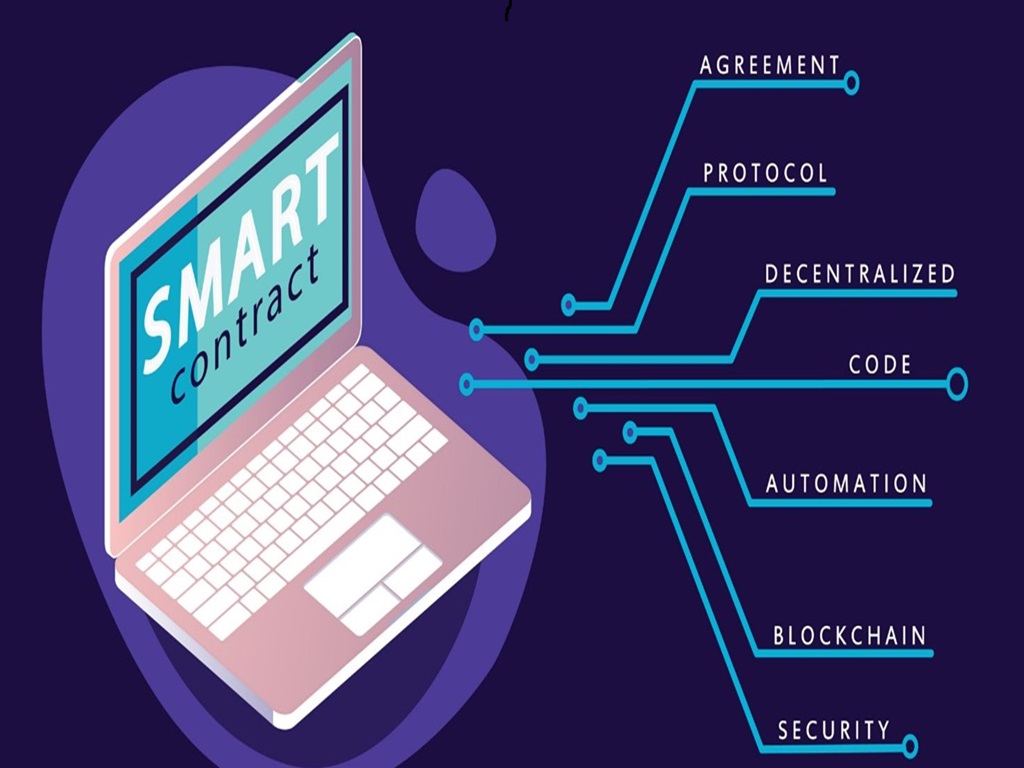
Blockchain and Smart Contracts: Transforming Trust and Transactions in the Digital Age
In a world where digital interactions dominate, blockchain and smart contracts are emerging as revolutionary technologies that redefine how we exchange value, enforce agreements, and build trust. From decentralized finance (DeFi) to supply chain transparency, these innovations are reshaping industries by eliminating intermediaries, enhancing security, and automating processes. This article explores how blockchain and smart contracts work, their real-world applications, and why businesses should pay attention.
Understanding Blockchain: The Backbone of Decentralization
Blockchain is a distributed ledger technology that records transactions across a network of computers. Here’s what makes it unique:
- Decentralization: No single entity controls the network, reducing reliance on banks or governments.
- Immutability: Once data is added, it cannot be altered, ensuring tamper-proof records.
- Transparency: All participants can view transactions, fostering accountability.
- Security: Cryptographic hashing and consensus mechanisms (e.g., Proof of Work, Proof of Stake) protect against fraud.
Common Blockchain Types:
- Public Blockchains: Open to anyone (e.g., Bitcoin, Ethereum).
- Private Blockchains: Restricted access for enterprises (e.g., Hyperledger Fabric).
- Consortium Blockchains: Controlled by a group of organizations.
Smart Contracts: The Automation of Trust
A smart contract is a self-executing agreement written in code and stored on a blockchain. It automatically enforces terms when predefined conditions are met, removing the need for intermediaries like lawyers or brokers.
How They Work:
- Code Terms: Define rules (e.g., “Release payment when goods arrive”).
- Deploy on Blockchain: The contract becomes immutable and transparent.
- Automatic Execution: Triggers actions (e.g., transferring funds) without human intervention.
Example: A rental agreement could automatically refund a security deposit if the tenant leaves the property undamaged, verified by IoT sensors.
Real-World Applications of Blockchain & Smart Contracts
1. Decentralized Finance (DeFi)
- Lending/Borrowing: Platforms like Aave use smart contracts to automate loans, with collateral held in crypto.
- Decentralized Exchanges (DEXs): Trade assets peer-to-peer on Uniswap without a central authority.
2. Supply Chain Management
- Provenance Tracking: Walmart uses blockchain to trace food origins in seconds (vs. days).
- Automated Payments: Smart contracts release payments to suppliers upon delivery confirmation.
3. Healthcare
- Secure Patient Records: Encrypted health data on blockchain ensures privacy and interoperability.
- Clinical Trials: Smart contracts automate consent management and reward participants.
4. Real Estate
- Tokenized Ownership: Fractionalize property ownership via NFTs (non-fungible tokens).
- Instant Settlements: Eliminate title fraud and reduce closing times from weeks to minutes.
5. Voting Systems
- Tamper-Proof Elections: Blockchain ensures votes cannot be altered (e.g., Estonia’s e-residency program).
Benefits of Combining Blockchain & Smart Contracts
- Cost Savings: Cut out middlemen (banks, notaries) and reduce fees.
- Speed: Execute transactions 24/7 in minutes, not days.
- Accuracy: Remove human error with code-driven processes.
- Trust: Transparent, auditable records build confidence among parties.
Challenges and Limitations
- Scalability: Bitcoin processes ~7 transactions/second; Ethereum ~30. Solutions like Layer 2 protocols (e.g., Polygon) aim to boost throughput.
- Regulatory Uncertainty: Governments struggle to classify crypto assets and enforce cross-border contracts.
- Security Risks: Code vulnerabilities can lead to exploits (e.g., the $50M DAO hack in 2016).
- Energy Consumption: Proof of Work blockchains (e.g., Bitcoin) require significant power. Ethereum’s shift to Proof of Stake (2022) reduced its energy use by 99.95%.
Future Trends to Watch
- Enterprise Adoption: Companies like IBM and Microsoft are integrating blockchain for supply chains and identity management.
- Interoperability: Projects like Polkadot aim to connect disparate blockchains.
- AI Integration: AI-powered smart contracts could adapt terms dynamically based on real-time data.
- Regulatory Clarity: Frameworks like the EU’s MiCA (Markets in Crypto-Assets) regulation will shape compliance.
How Businesses Can Get Started
- Identify Use Cases: Start with pain s like fraud reduction or process automation.
- Choose a Platform:
- Ethereum: Leader in smart contracts and DeFi.
- Solana: High-speed, low-cost transactions.
- Hyperledger: For private, enterprise-grade solutions.
- Partner with Experts: Collaborate with blockchain developers or SaaS providers (e.g., Chainlink, Alchemy).
- Pilot Projects: Test supply chain tracking or loyalty programs on a small scale.
Ethical Considerations
- Bias in Code: Ensure smart contracts don’t perpetuate inequalities (e.g., biased loan terms).
- Environmental Impact: Opt for energy-efficient blockchains (e.g., Tezos, Cardano).
- Data Privacy: Balance transparency with GDPR compliance using zero-knowledge proofs.

Conclusion
Blockchain and smart contracts are more than buzzwords—they’re foundational technologies for a decentralized future. While challenges remain, their potential to streamline industries, democratize access to services, and rebuild trust in systems is unparalleled. Businesses that embrace these tools today will lead tomorrow’s digital economy.
The future is programmable. Are you ready to code it?
